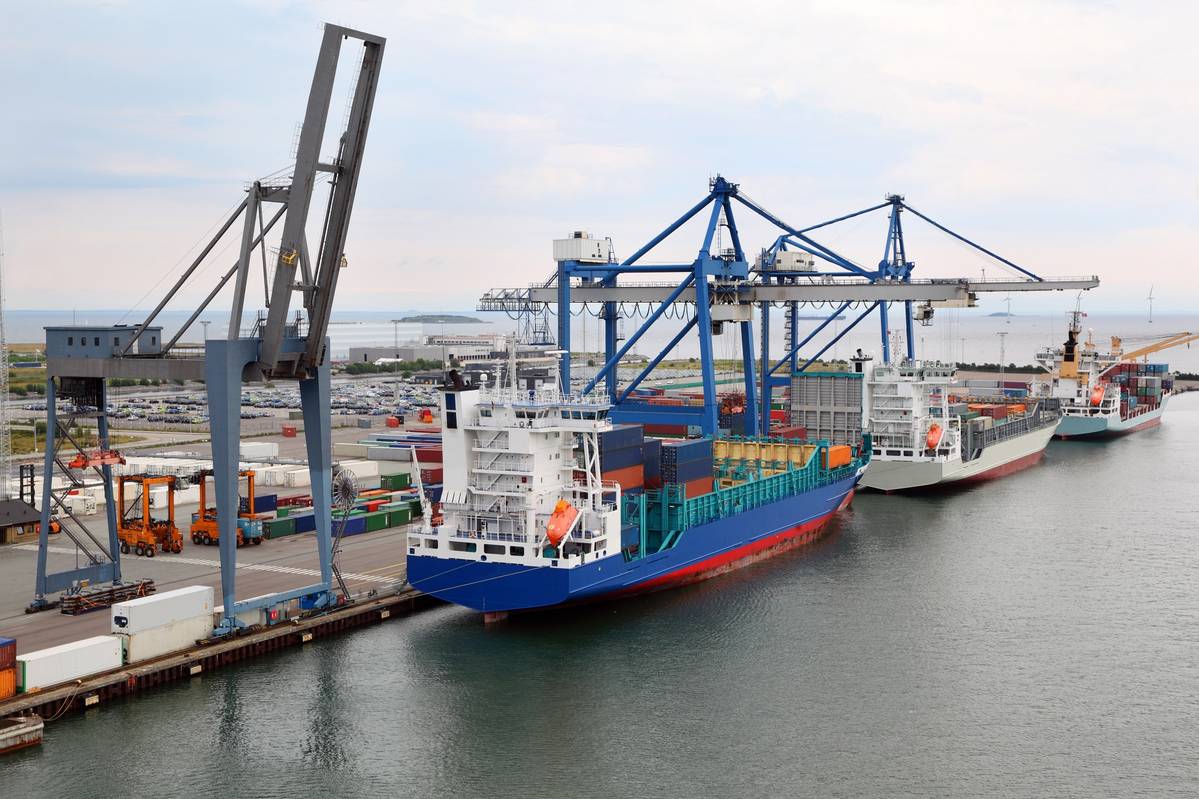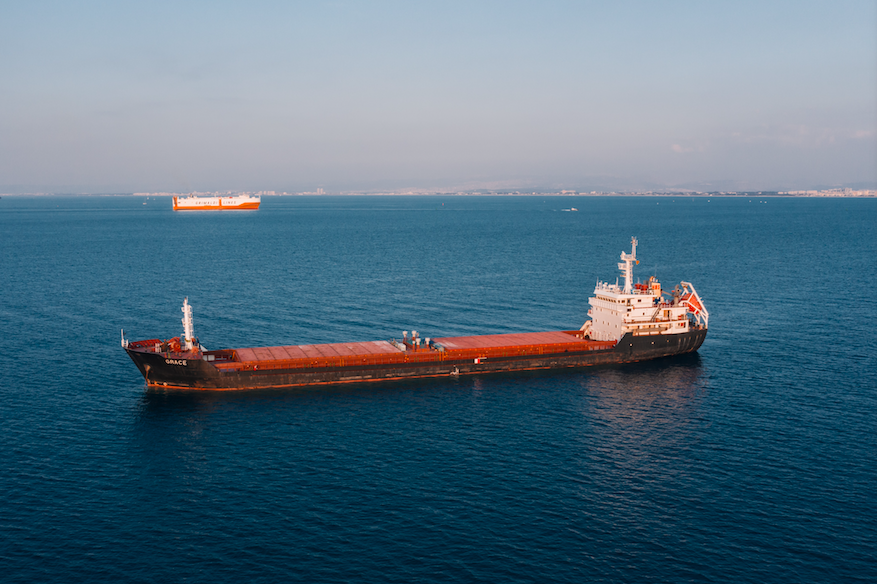In 2009, we met with the Hazardous Material Regulations. Let’s take a look at the management of dangerous goods in ships; details, sanctions and the situation about it.
What is Inventory Hazardous Material(IHM)?
The Inventory Hazardous Material Regulations, Maritime_Transportation_of_Hazmat is a document that indicates the location, type and amount of all hazardous substances. (asbestos, PCB, TBT, etc., as defined in the relevant IMO and EU rules) All have a risk of harm to human health and the environment.

Why do we need IHM?
The Inventory Hazardous Material (IHM) concept was first established in 2009 with the “IMO Hong Kong International Convention. The goal is the Safe and Sound Recycling of Ships” (IMO HKC) Convention. The aim is;
– to ensure that ships recycled in a way that does not harm the environment
– to ensure that ship personnel who may affected by hazardous / harmful substances on the ship.
– to protect the health of ship repair / recycling facility employees.
The European Union Ship Recycling Regulation which entered into force in 2013, has brought some extra requests; The early implementation of the requirements of the IMO HKC Convention has made it mandatory. With this regulation, All ships of 500 GT and above visiting European Union ports (regardless of whether they carry the EU flag or not). must keep on board “Inventory Hazardous Material ” as of December 31, 2020.
Which Type of Ships affected the EU ship recycling regulation? (EUSRR)
It affects all marine vehicles of EUSRR 500 GT and above. According to this regulation:
• as of December 31, 2018 at the latest, EU flagged built vessels must have the approved / verified IHM and the relevant Certificate (International Certificate of Inventory of Hazardous Materials (ICIHM) on board.
• Existing EU flagged vessels must have the approved / verified IHM and International Certificate of Inventory of Hazardous Materials (ICIHM) on board.
• Existing vessels that are not EU flagged but visiting EU ports must have an approved / verified IHM and Certificate of Conformity (SoC) on board by 31 December 2020 at the latest.
• Ships going to recycling facilities for dismantling must have an approved / verified IHM.
HAZMAT requirements by Vessel are tougher to:
– Keep the public safe.
– Keep crew members safe; Protect other shipper’s cargo and the vessel
– Keep all commerce flowing safe.

Maintain IHM Compliance
As the deadline to achieve IHM Certification approaches, the focus will shift to how to prove and maintain compliance with IHM requirements. IHM documentation is crucial, as it stays with the ship throughout its operational lifetime. Keeping information up to date is important not only to show compliance but to cut the risk and potential liability of the crew and ship.
Ship owners will not face sanctions if there is a large amount of dangerous goods on the ship.
The purpose of the IHM is to provide information to determine the dangerous / harmful substances on the ship and to cut the exposure. The main purpose of the EU and IMO is to ensure that ship recycling carried out with the least damage to both the environment and human health.
Some information and documents required to get IHM certification. For existing ships, Lylod register LR plan approval, onboard IHM verification survey and some documents required to provide before final certification.
Henning Gramann, Chairman, IHMA, talked about the “Inventory of Hazardous Materials. Mr. Gramann noted that the new legal requirements for Recycling of Ships have become a pressing issue for all ships, no matter if brand new or very old. A key rule all for EU-registered and all EU-visiting ships above 500GT is to have a certified Inventory of Hazardous Materials (IHM) onboard until end of 2020. Approx. 30,000 ships affected and time for IHM-development is short. inventory-of-hazardous-materials-current-status-best-practice/







